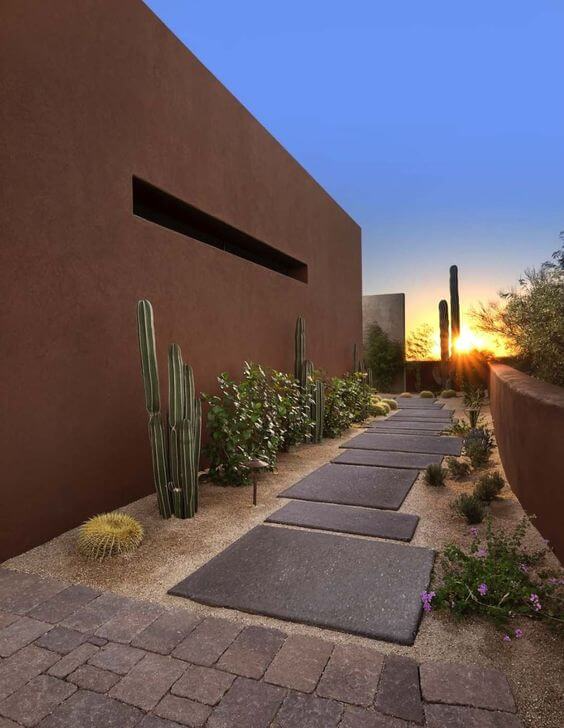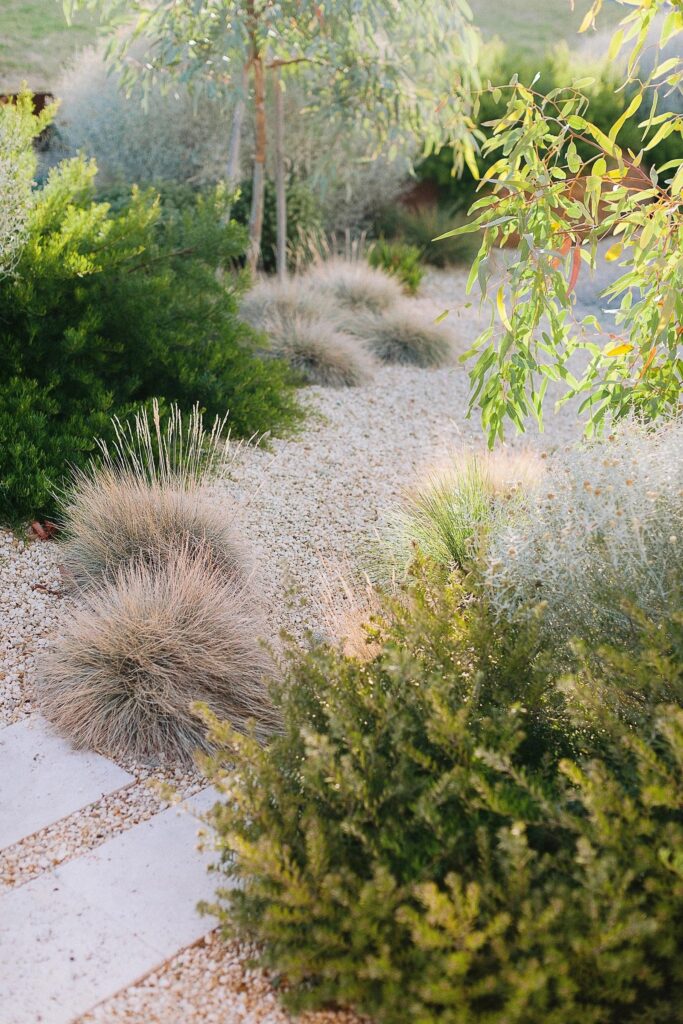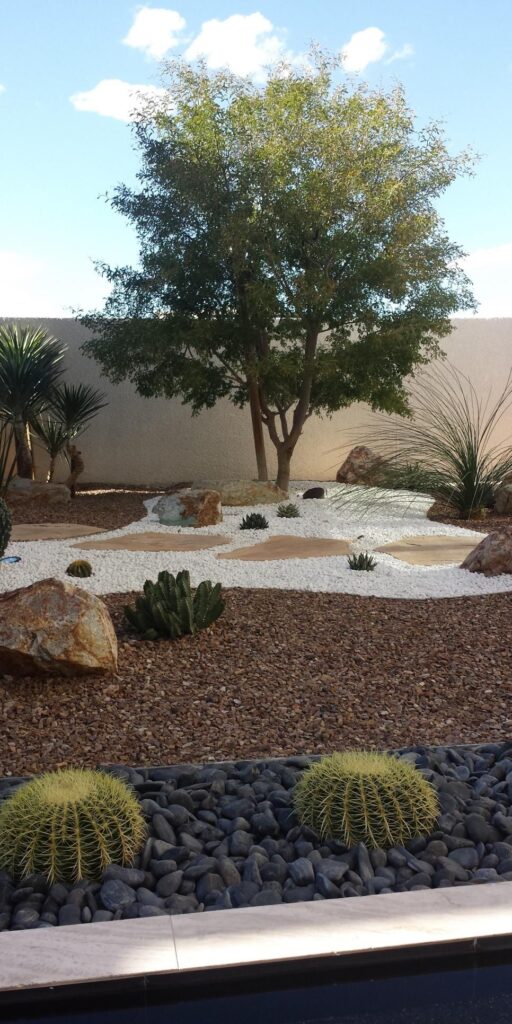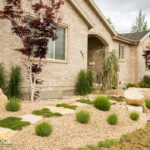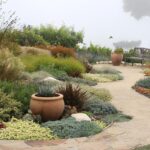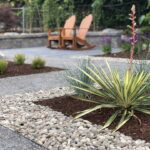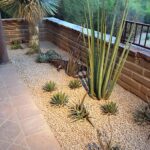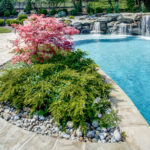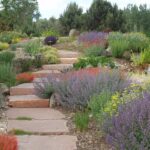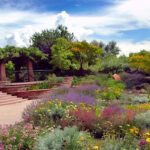Xeriscaping is a landscaping technique that focuses on creating an outdoor space that requires minimal water usage. This sustainable approach to landscaping not only helps conserve water but also reduces the need for pesticides and fertilizers, making it a more environmentally friendly option for homeowners. By incorporating drought-resistant plants, efficient irrigation systems, and mulch to retain moisture, xeriscaping can help homeowners maintain a beautiful outdoor space while also reducing their water bills and overall environmental impact.
One of the key elements of xeriscaping is choosing the right plants for your outdoor space. Drought-tolerant plants such as succulents, cacti, and ornamental grasses are excellent choices for xeriscape gardens as they require minimal watering and maintenance. These plants are well-suited to hot and dry climates and can thrive with little to no supplemental irrigation, making them a perfect addition to a xeriscape design.
In addition to selecting the right plants, implementing efficient irrigation systems is essential for a successful xeriscape garden. Drip irrigation, soaker hoses, and rain barrels are all great options for delivering water directly to the root zone of plants, minimizing water waste and promoting healthy growth. By using water-saving techniques such as mulching and grouping plants with similar water needs together, homeowners can further reduce their water usage and create a more sustainable outdoor space.
Mulch is another important component of xeriscaping as it helps retain moisture in the soil, suppresses weeds, and insulates plants from extreme temperatures. Organic mulches such as wood chips, shredded leaves, or bark are excellent choices for xeriscape gardens as they break down over time, adding valuable nutrients to the soil. Mulch can also improve soil structure and prevent erosion, making it a valuable tool for creating a low-maintenance and sustainable landscape.
Incorporating hardscaping elements such as gravel pathways, stone walls, or decorative rocks can also add visual interest to a xeriscape garden while reducing the need for water-intensive turf. These features can help define outdoor spaces, create focal points, and provide contrast to the surrounding plantings. By combining drought-tolerant plants with hardscaping elements, homeowners can design a unique and sustainable landscape that requires minimal water and maintenance.
Overall, xeriscaping is a practical and sustainable landscaping approach that can help homeowners create a beautiful outdoor space while conserving water and reducing their environmental impact. By choosing drought-resistant plants, implementing efficient irrigation systems, using mulch, and incorporating hardscaping elements, homeowners can create a low-maintenance and environmentally friendly garden that is both visually appealing and sustainable in the long term.
